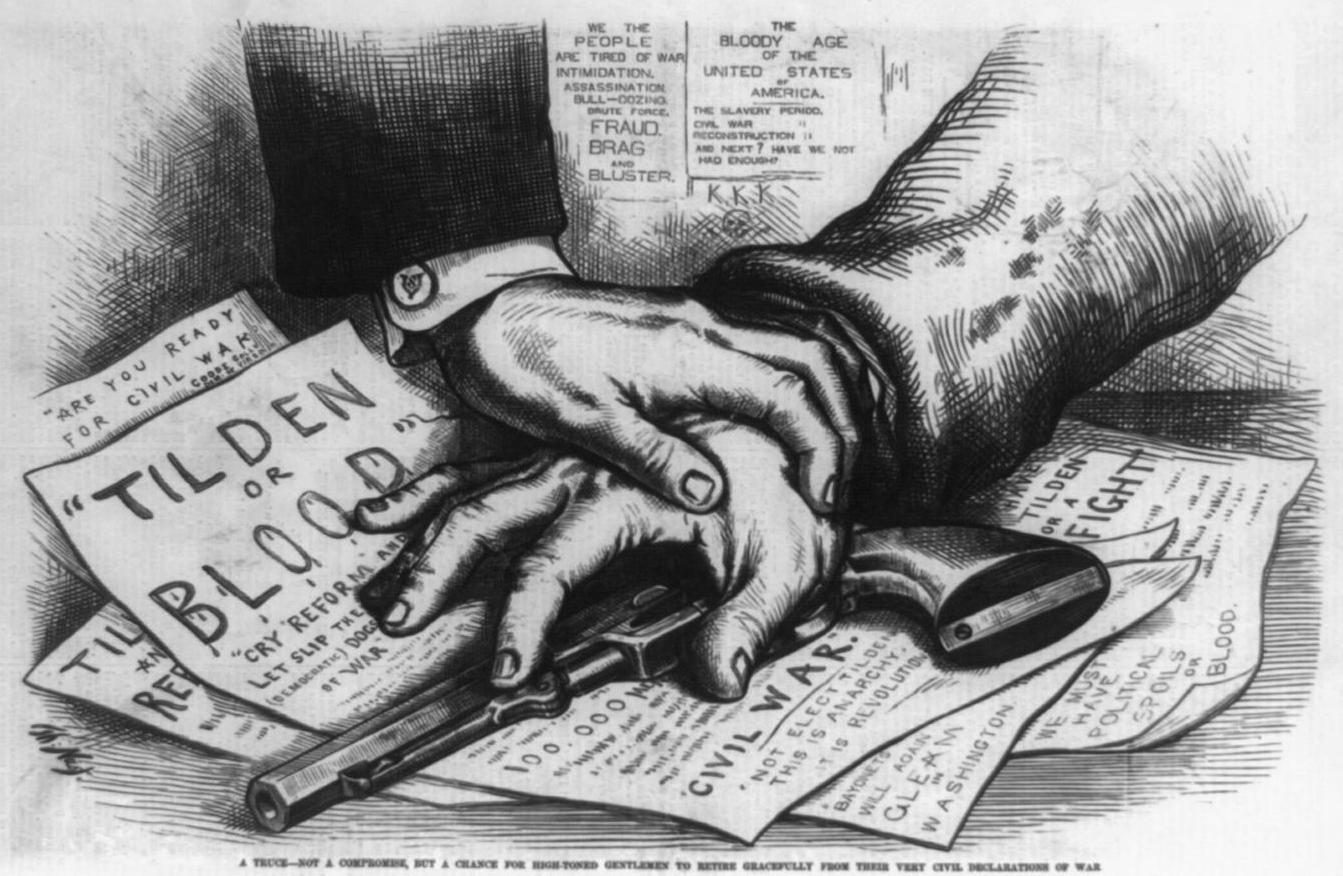
Ceasefire
A ceasefire (also known as a truce or armistice[1]), also spelled cease fire (the antonym of 'open fire'[2]), is a stoppage of a war in which each side agrees with the other to suspend aggressive actions, often due to mediation by a third party.[3][4] Ceasefires may be between state actors or involve non-state actors.[1]
"Truce" redirects here. For other uses, see Truce (disambiguation).
Ceasefires may be declared as part of a formal treaty, but also as part of an informal understanding between opposing forces.[2] They may occur via mediation or otherwise as part of a peace process or be imposed by United Nations Security Council resolutions via Chapter VII of the United Nations Charter.[2]
The immediate goal of a ceasefire is to stop violence, but the underlying purposes of ceasefires vary. Ceasefires may be intended to meet short-term limited needs (such as providing humanitarian aid), manage a conflict to make it less devastating, or advance efforts to peacefully resolve a dispute.[1] An actor may not always intend for a ceasefire to advance the peaceful resolution of a conflict, but instead give the actor an upper hand in the conflict (for example, by re-arming and repositioning forces or attacking an unsuspecting adversary), which creates bargaining problems that may make ceasefires less likely to be implemented and less likely to be durable if implemented.[3][1][5]
The durability of ceasefire agreements is affected by several factors, such as demilitarized zones, withdrawal of troops and third-party guarantees and monitoring (e.g. peacekeeping). Ceasefire agreements are more likely to be durable when they reduce incentives to attack, reduce uncertainty about the adversary's intentions, and when mechanisms are put in place to prevent accidents from spiraling into conflict.[3]
Overview[edit]
Ceasefire agreements are more likely to be reached when the costs of conflict are high and when the actors in a conflict have lower audience costs.[6] Scholars emphasize that war termination is more likely to occur when actors have more information about each other, when actors can make credible commitments, and when the domestic political situation makes it possible for leaders to make war termination agreements without incurring domestic punishment.[7]
By one estimate, there were at least 2202 ceasefires across 66 countries in 109 civil conflicts over the period 1989–2020.[1]